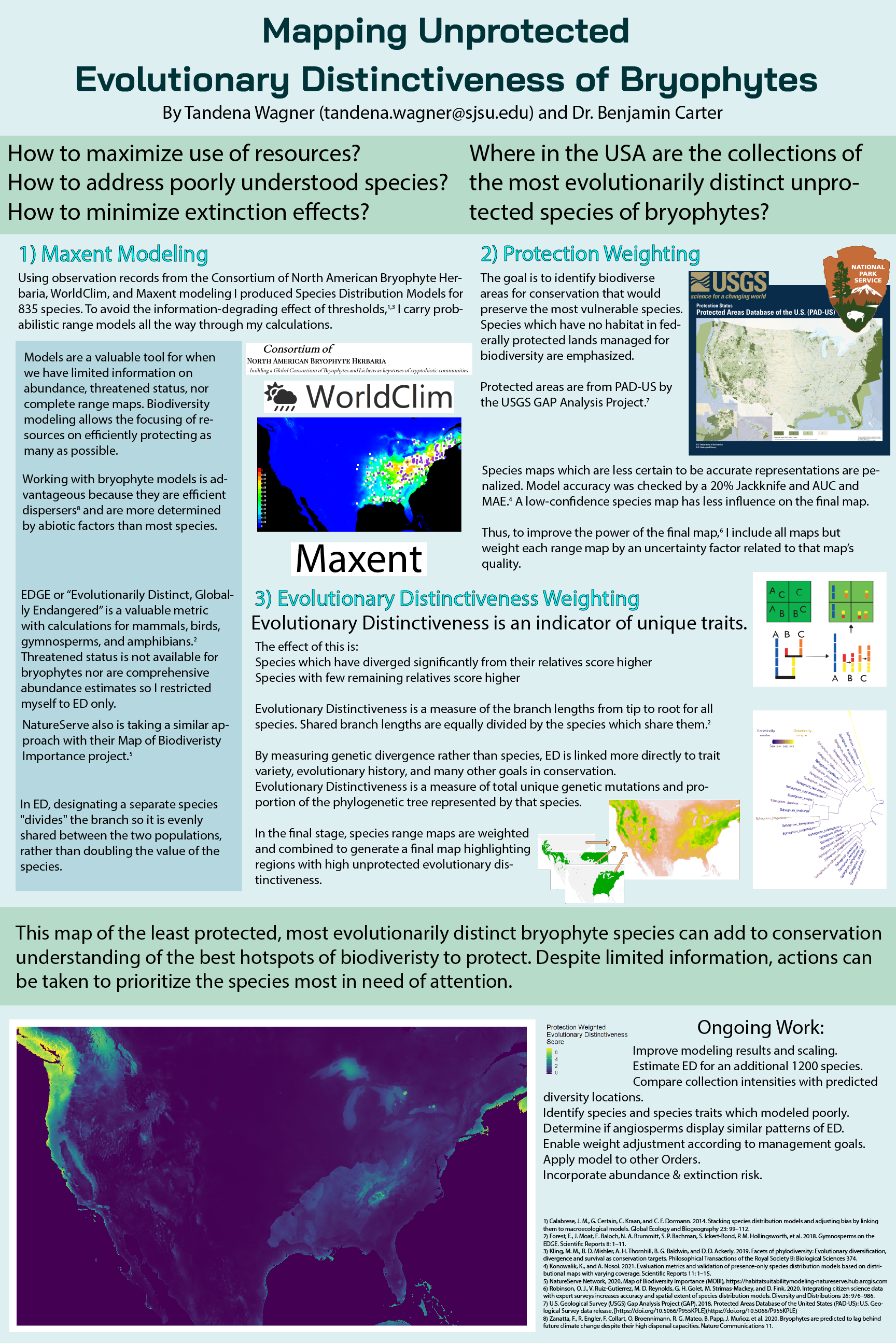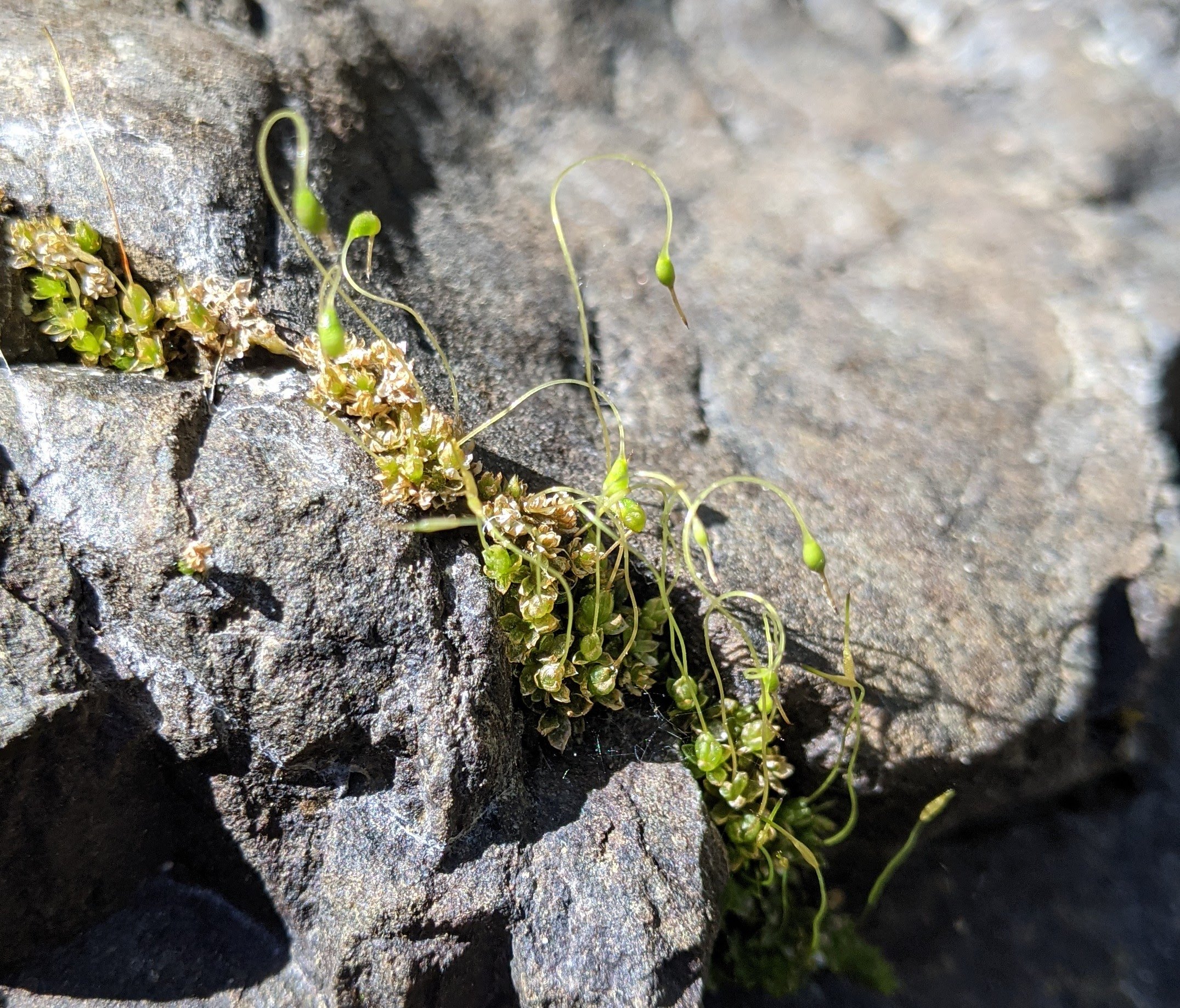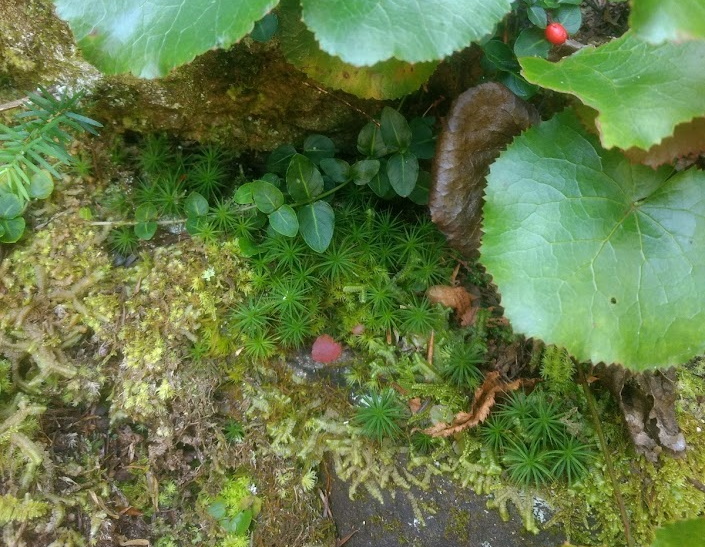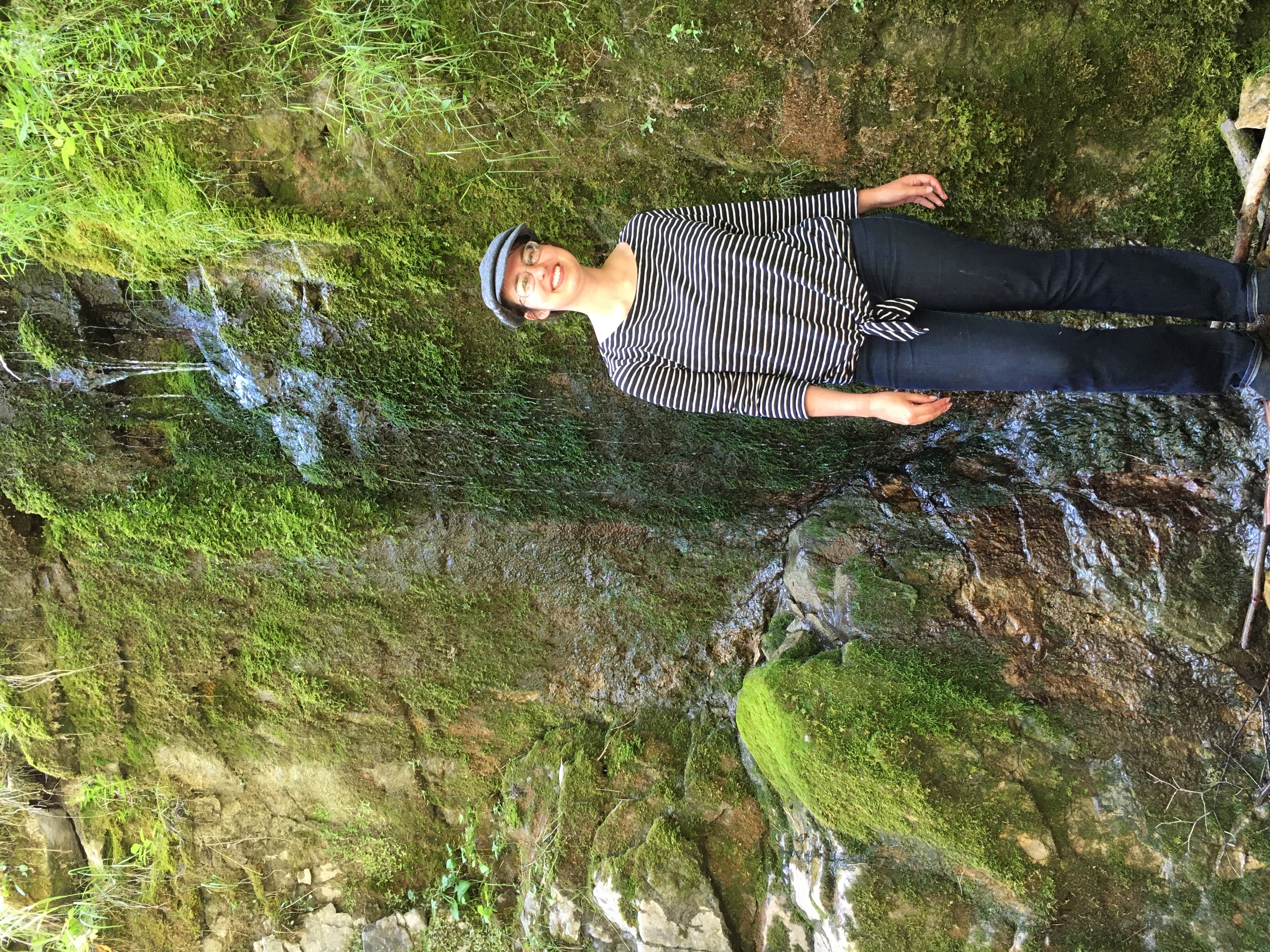Charting My Thesis Project
Putting Philosophy into Practice
My thesis topic will showcase what my interests and outlooks are like when put into practice:
- Re-thinking what makes nature valuable to us
- Finding the best ways to measure our objectives
- Calculating tradeoffs and choosing the best outcome
- Increasing efficiency
- Navigating toward a better future
A brief description of my project: I am modeling the habitat of 800+ species in order to find the best regions to protect bryophyte diversity in the United States. Rather than a simple species richness map, I apply a variety of weightings. For example: I weight species whose habitat are outside protected areas, and species with especially high evolutionary distinctiveness.
Below this poster describing my process, I go into the aspects of this project that make it especially exciting and unique.
Draft Poster 2021
Acting in Uncertain Environments
I am working on a group of species that are generally passed over: Bryophytes.
Abundances and extinction risks in this group are unrecorded. However, lack of information does not imply an absence of problems. I am sure bryophytes are just as threatened by environmental degradation as other plants. “Not enough information” is widely accepted as a reason to refrain from action. I want to show that even in low-information subjects, we still have information that is a lot better than “none” and we can take actions that are significantly better than “random.” 1
There is very little incentive to do research in this area, and so the march of progress has been slow. It’s a good area for a master’s student (like me) to easily advance the science. Same thing applies to linking up conservation with phylogenetics.
The project is about steering toward a better future.

May 2021
Choosing Measurements that Reflect our Values
To measure biodiversity in my project, I use phylogenetics because it estimates unique traits better than the typical “species” richness metrics. It also measures genetic information and evolutionary history. These are culturally important for understanding how our world came to be, as well as potentially a vital scientific resources as biotechnology improves in the coming century. Thus, by capturing phenotypes and genotypes more accurately, phylogenetics is much better at measuring the things that are important to us about conserving biodiversity than the standard metrics.
My project addresses the reality that we cannot save every species, and will have to triage our resources to save as many as possible. Therefore, choosing between species/populations becomes necessary and greater conservation efficiency is valuable.

A tiny part of the biodiversity in the Smokey Mountains, September 2019
Allocating Resources According to Need
Unfortunately, bryophyte research has not measured threats directly, therefore I am estimating vulnerability. There are two steps: estimating the vulnerability of each species, and measuring where vulnerable species are most concentrated. I estimate individual species vulnerability by measuring what percent of their habitat range is in protected lands. Then I calculate where need is most concentrated by combining as many species distribution maps as possible.
The most good can be done by addressing the largest number of the most valuable and most unprotected species.

A canyon drip wall covered with moss, August 2020
Thesis Topic: Where in the USA are the collections of the most unprotected evolutionarily distinct species of bryophytes?
My project is meant as just one piece of information contributing to the ongoing evaluation and balancing of priorities in conservation and ecology. As always, if you have some input to share, I would like to hear it. Shoot me an email.
- Bryophytes do not draw grant money or public attention or management funding. Land managers will not go looking for whether their parks are adequately addressing the needs of their bryophyte populations. But if they had such information easily accessible, they would more likely choose to act upon it. [return]